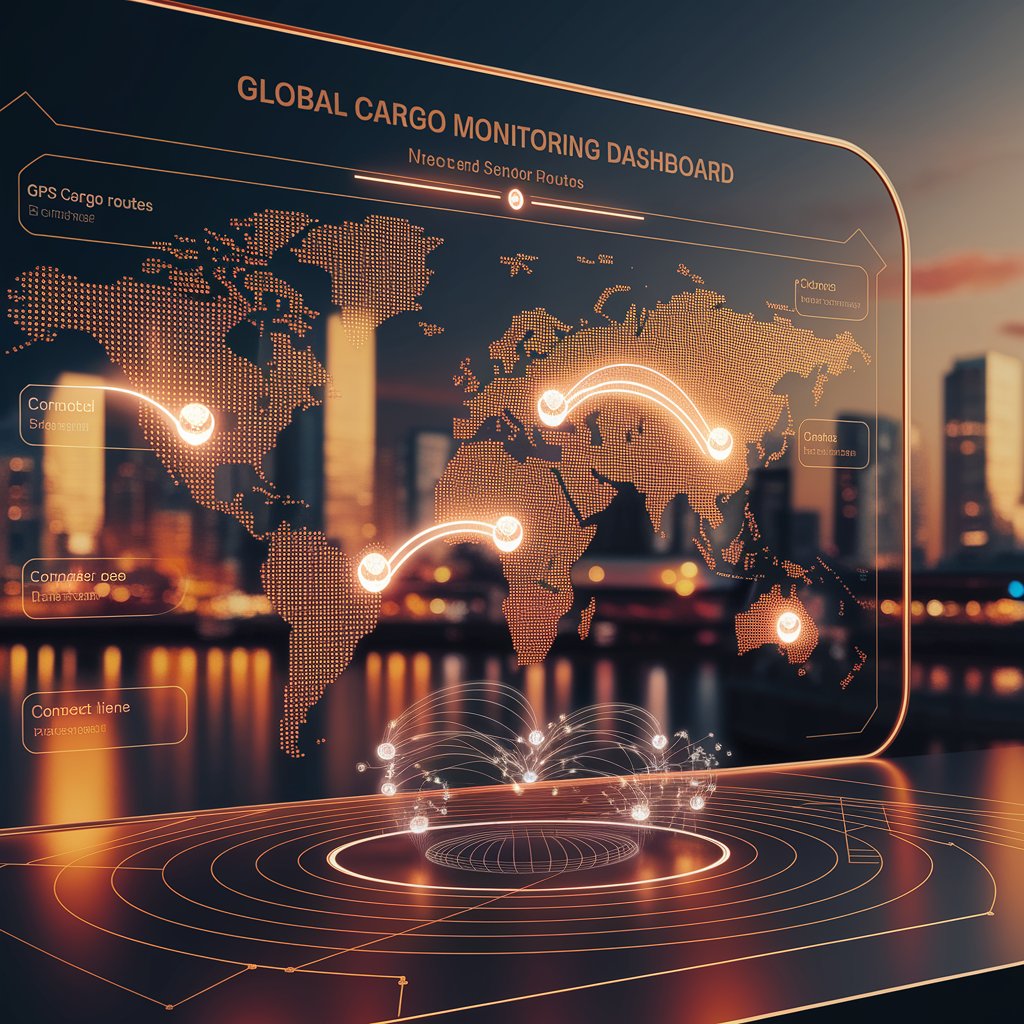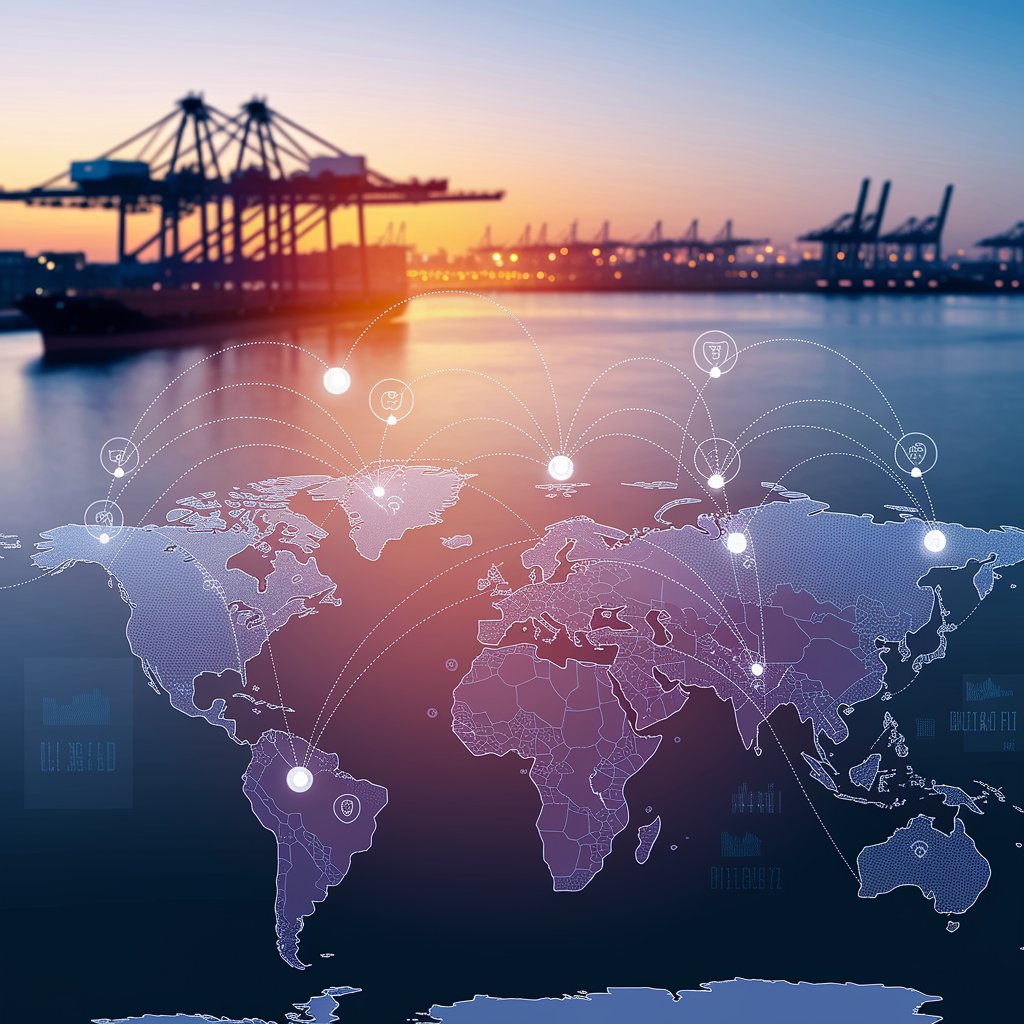Global Cargo Monitoring: Delivering Transparency Across Supply Chains

Introduction
Global cargo monitoring is reshaping how companies manage shipments worldwide. By leveraging IoT, AI, and real-time platforms, it provides visibility, control, and intelligence across every step of the supply chain.
What Is Global Cargo Monitoring?
Global cargo monitoring is the continuous tracking and management of shipments across international trade routes using connected technologies. It ensures that logistics providers, shippers, and clients always know where cargo is, under what conditions, and when it will arrive.
Unlike traditional methods, global monitoring systems unify data from multiple carriers, ports, and warehouses into one platform—offering end-to-end transparency.

Key Features of Global Cargo Monitoring
- Real-Time GPS Tracking: Location visibility across air, ocean, and land.
- IoT Condition Monitoring: Sensors detect temperature, humidity, and shock.
- Automated Alerts: Notifications for delays, tampering, or compliance issues.
- Centralized Dashboards: Unified data across global shipments.
- Predictive ETAs: AI-powered forecasts of delivery times.
Benefits for Logistics Providers
- Operational Control: Manage international cargo with real-time oversight.
- Risk Reduction: Detect theft, misrouting, or damage immediately.
- Customer Confidence: Provide transparent, accurate shipment updates.
- Compliance: Ensure regulatory requirements are met across regions.
- Cost Savings: Minimize losses from delays and damaged goods.

Real-World Applications
- Freight Forwarders: Deliver visibility to clients shipping across continents.
- Carriers: Monitor multimodal cargo flow globally.
- 3PL Providers: Enhance customer portals with worldwide tracking.
- Retail and E-commerce: Manage global order fulfillment at scale.
- Pharmaceutical Logistics: Ensure compliance for sensitive cargo in transit.
The Future of Global Cargo Monitoring
The next phase of global cargo monitoring will integrate blockchain, AI, and digital twins. Blockchain will create secure, tamper-proof trade records, AI will predict risks such as port congestion, and digital twins will simulate global trade flows in real time. This evolution will enable self-correcting supply chains that adjust instantly to global conditions.

Conclusion
Global cargo monitoring is becoming the cornerstone of modern logistics. By delivering real-time visibility, proactive risk management, and compliance assurance, it empowers providers to operate more efficiently and build trust with clients. For companies competing in a fast-paced global marketplace, adopting cargo monitoring systems is not just an upgrade—it is the key to building resilient and transparent supply chains.
